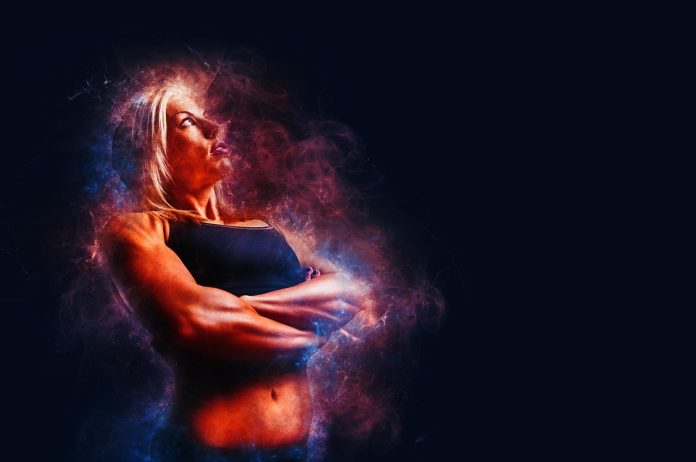When it comes to reaching your fitness goals, having the right gear is essential. One of the most important components of a successful workout is the right pair of shoes. As the old adage goes, "the right shoes can make all the difference." But with so many options on the market, how do you know which pair is right for you? In this article, we’ll explore the top factors to consider when choosing the perfect workout shoes for your fitness goals.
Understanding Your Fitness Goals
The first step in selecting the perfect workout shoes is to define your fitness goals. What do you want to achieve with your workouts? Are you a casual jogger, a serious athlete, or a yoga enthusiast? Different fitness goals require different levels of support, stability, and cushioning. For example, if you’re a runner, you’ll want shoes that provide excellent arch support and shock absorption to protect your joints from the impact of each step. If you’re a yoga practitioner, you’ll want shoes that offer flexibility and grip to help you maintain balance and stability in challenging poses.
Fit and Sizing
A proper fit is crucial for a comfortable and effective workout. The shoes should feel snug but not too tight, with enough room in the toe box to wiggle your toes. Measure your feet at the end of the day, as feet tend to swell throughout the day. Consider getting your feet measured at a specialty shoe store or online retailer that offers free returns and exchanges. Remember, it’s better to err on the side of caution and go up a size if you’re unsure.
Cushioning and Support
Cushioning and support are essential for working out, particularly for high-impact activities like running or jumping. Look for shoes with adequate midsole cushioning and a drop (heel-to-toe offset) that fits your stride length and running style. Higher-quality shoes often feature advanced materials like gel, foam, or carbon fiber to provide extra support and shock absorption. Pay attention to the shoe’s arch support, as well, as this can make a big difference in reducing fatigue and preventing injuries.
Breathability and Ventilation
A breathable shoe is essential for keeping your feet cool and dry. Look for shoes with mesh panels or perforations to allow for airflow and moisture-wicking materials to keep your feet dry. Avoid shoes with thick, heavy designs that can trap heat and moisture. Instead, opt for shoes with a lightweight, airy feel that will keep your feet comfortable during even the most intense workouts.
Style and Comfort
Let’s face it: fit and function are important, but style matters too. Choose shoes that make you feel confident and inspired to tackle your workouts. Consider the color, design, and overall aesthetics that appeal to you. While functionality is crucial, the right shoes can also boost your mood and motivation.
Traction and Stability
If you’re a fan of high-intensity interval training (HIIT) or weightlifting, you’ll want shoes with excellent traction and stability. Look for shoes with a stable heel and a low profile to prevent excessive movement during intense exercises. Consider shoes with a rocker sole or a pivot point to help you maintain stability and control.
Budget and Quality
Finally, consider your budget and the quality of the shoes. High-quality shoes made with premium materials may be pricier, but they often provide better support, durability, and overall performance. Set a budget and stick to it, balancing the cost with the level of quality you’re willing to invest in.
Conclusion
Choosing the perfect workout shoes can be daunting, but by considering these top factors, you’ll be well on your way to selecting the right pair for your fitness goals. Remember to identify your fitness goals, ensure a proper fit, prioritize cushioning and support, consider breathability and ventilation, and prioritize style and comfort. With the right shoes, you’ll be ready to tackle even the most challenging workouts with confidence and motivation.
FAQs
Q: What is the best workout shoe for beginners?
A: For beginners, look for shoes with a comfortable, supportive design that can accommodate various foot shapes and sizes. Good options include cross-training shoes or tennis shoes.
Q: Can running shoes be used for other types of workouts?
A: While running shoes are designed for running, they can be used for other high-impact activities like HIIT or other cardio exercises. However, for low-impact activities like yoga or Pilates, consider a shoe with a more flexible sole and less cushioning.
Q: How often should I replace my workout shoes?
A: Aim to replace your shoes every 300-500 miles or every 3-6 months, depending on the frequency and intensity of your workouts. Worn-out shoes can lead to injuries and decreased performance.
Q: Can I wear workout shoes for everyday activities?
A: While workout shoes can be stylish, they’re designed for high-intensity activities. For everyday activities like walking or casual outings, consider a more relaxed, comfortable shoe that provides better arch support and stability.
sole-searching-top-factors-to-consider-when-choosing-the-perfect-workout-shoes-for-your-fitness-goals-keyword-workout-shoes


